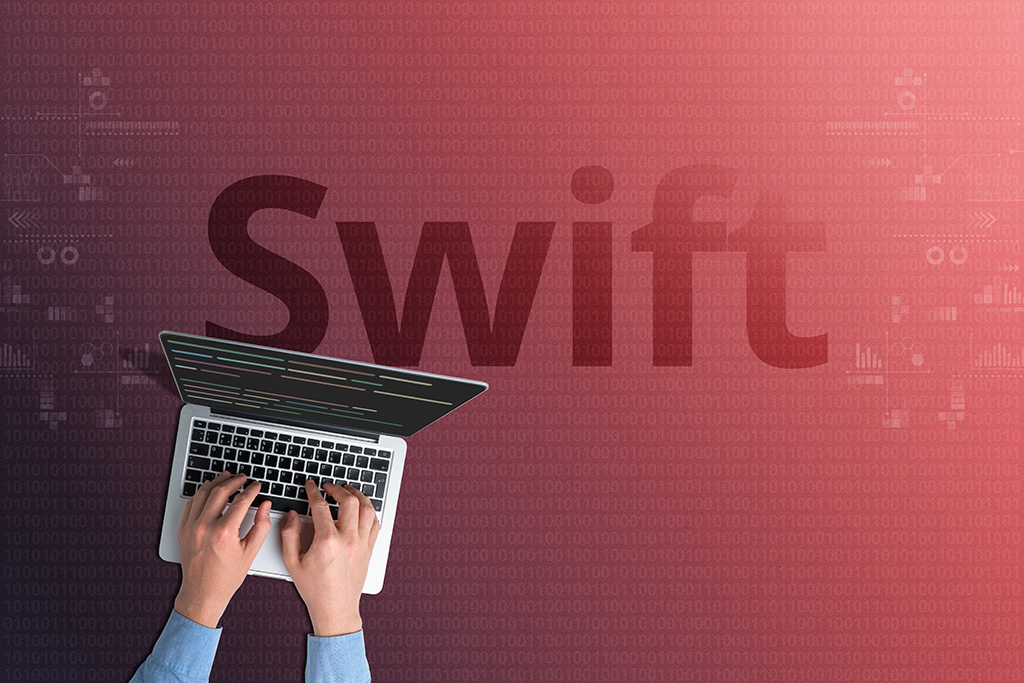The SWIFT Global Payments Innovation (GPI) network was introduced with the promise of revolutionizing cross-border payments—bringing speed, transparency, and traceability to what had long been a notoriously slow and opaque system. While it indeed represents a significant improvement over legacy SWIFT messaging, investors, institutions, and offshore operators continue to face real-world challenges that limit its effectiveness in today’s rapidly evolving financial ecosystem.
1. Fragmented Adoption and Partial Integration
One of the primary challenges with SWIFT GPI is that not all financial institutions are fully integrated into the system. While over 4,000 banks have joined the GPI initiative, only a portion of global correspondent banks have implemented it end-to-end. This means a transfer may start on a GPI-enabled network but still pass through non-GPI intermediaries, resulting in delays and loss of transparency midstream.
For multinational transactions—especially in developing markets—this partial participation negates some of GPI’s supposed real-time tracking benefits.
2. Transparency Without True Settlement
SWIFT GPI provides tracking similar to a “payment courier service,” allowing senders to see where their funds are in transit. However, GPI does not actually move the money itself; it only facilitates the messaging between banks. Settlement still relies on the correspondent banking system, which introduces time-zone mismatches, cut-off times, and liquidity management issues.
This limitation means that even though users can “see” a payment’s status, they cannot necessarily speed up its completion if an intermediary bank is closed or slow to process.
3. High Compliance and Documentation Friction
Cross-border transfers remain subject to extensive KYC, AML, and CFT regulations, all of which vary by jurisdiction. SWIFT GPI does not standardize these compliance protocols, so manual document reviews and human intervention still frequently occur. This results in longer processing times for high-value or unusual transactions—precisely the kind many offshore investors execute.
Moreover, due to increased scrutiny under FATF guidelines, many banks have adopted de-risking policies, refusing certain transactions or jurisdictions altogether—leaving legitimate investors in a compliance maze.
4. Limited Real-Time Capabilities Compared to Blockchain
Although marketed as near real-time, SWIFT GPI transfers can still take hours or even days to settle, depending on the currency pair and number of intermediaries involved. In contrast, blockchain-based settlement systems—such as RippleNet’s XRP Ledger or Stellar—can execute cross-border payments within seconds, with full finality and no intermediaries.
As digital asset technology matures, investors increasingly view SWIFT’s incremental upgrades as insufficient for modern capital mobility.
5. Cost and Competitive Disadvantage
SWIFT GPI has not reduced fees or spreads associated with cross-border transfers. Each correspondent still adds its own transaction costs and foreign exchange margins. While transparency tools reveal these deductions, they don’t eliminate them. For international investors, this erodes returns, especially on frequent transfers or repatriation of offshore profits.
By comparison, new fintech rails such as ISO 20022-native networks or central bank digital currency (CBDC) corridors offer lower-cost, direct-settlement options—posing a growing threat to SWIFT’s relevance.
6. Security and Sanctions Risk
Although SWIFT maintains robust encryption and authentication standards, its centralized architecture remains a single point of vulnerability. Past incidents—such as the 2016 Bangladesh Bank heist—illustrate how compromised endpoints can exploit the messaging system. Furthermore, SWIFT’s alignment with Western sanctions regimes subjects participants to geopolitical risk; nations or institutions can be excluded from the network overnight, as seen with Iran and Russia.
For offshore investors, this politicization of financial infrastructure introduces systemic exposure that decentralized settlement systems are designed to avoid.
Conclusion: A Bridge to a New Financial Era
SWIFT GPI represents an important transitional technology—an evolution rather than a revolution. It brings needed modernization to legacy banking but still operates within a centralized, correspondent-driven model that struggles to keep pace with the borderless world of digital finance.
As the offshore investment community increasingly embraces tokenized assets, CBDCs, and blockchain-based payment rails, SWIFT GPI’s value proposition will depend on how well it can integrate with these new systems rather than compete against them.
For investors operating across jurisdictions, the lesson is clear: diversify payment strategies. While SWIFT GPI remains essential for traditional banking, emerging digital settlement networks offer the speed, efficiency, and sovereignty that the future of offshore finance demands.
Legal Disclaimer:
This article is provided for informational purposes only and does not constitute financial, legal, or investment advice. Readers are encouraged to conduct their own due diligence and consult with qualified professionals before making any investment or banking decisions.
Compliance Notice:
Invest Offshore supports international financial compliance standards including FATF, AML, and KYC requirements. All transactions and investment opportunities referenced must adhere to applicable regulations within their respective jurisdictions.

Leave a Reply